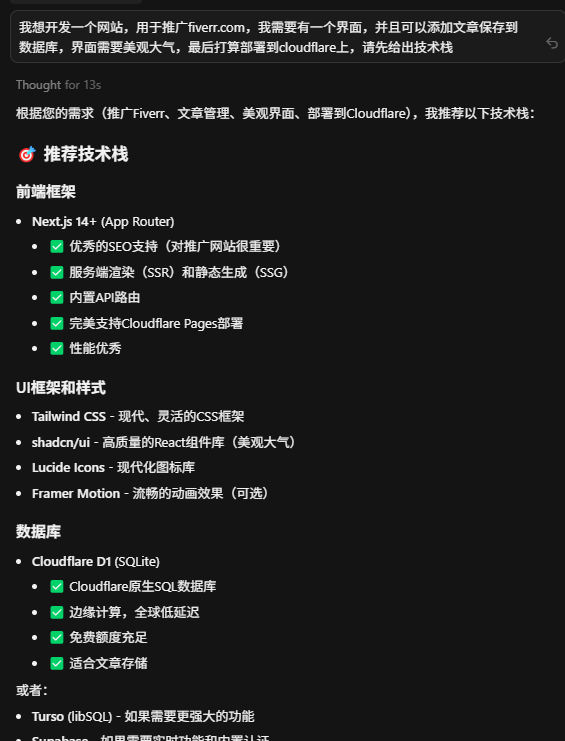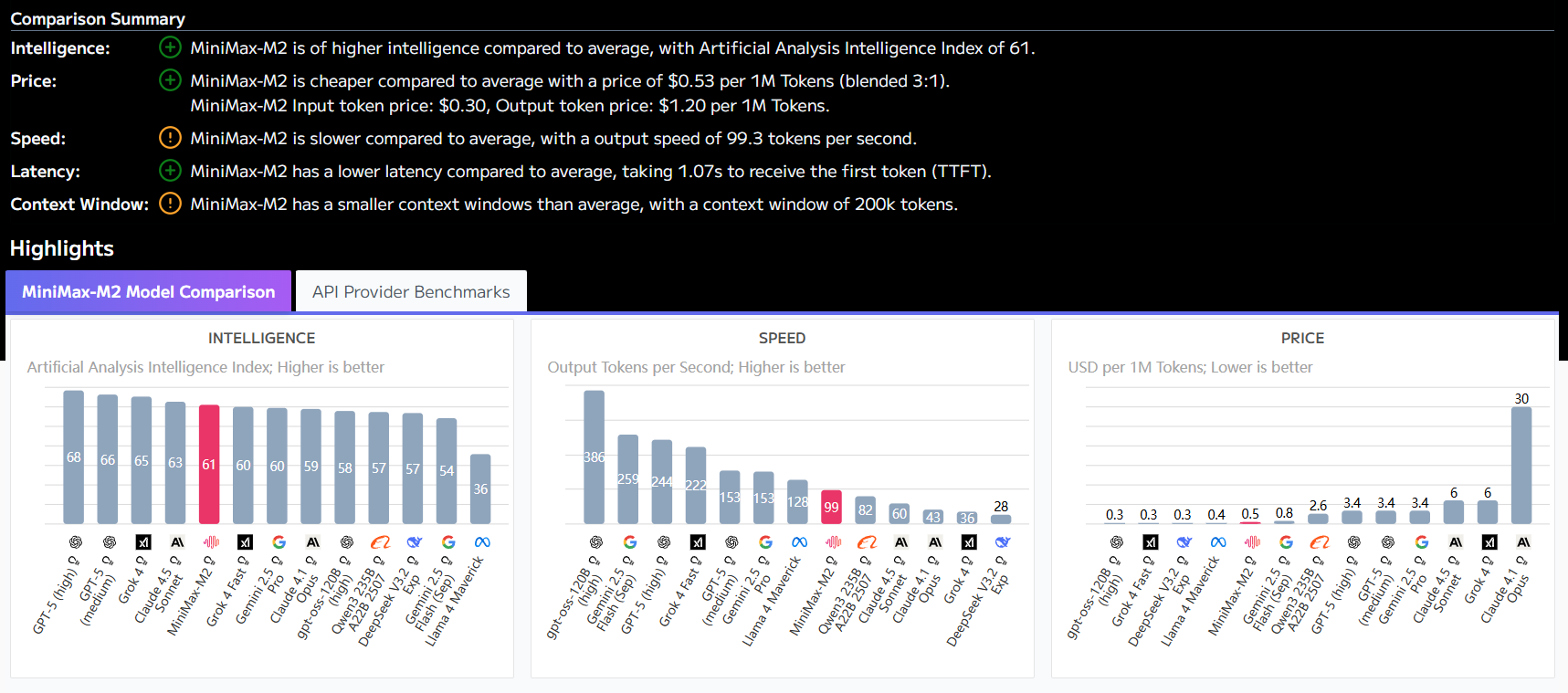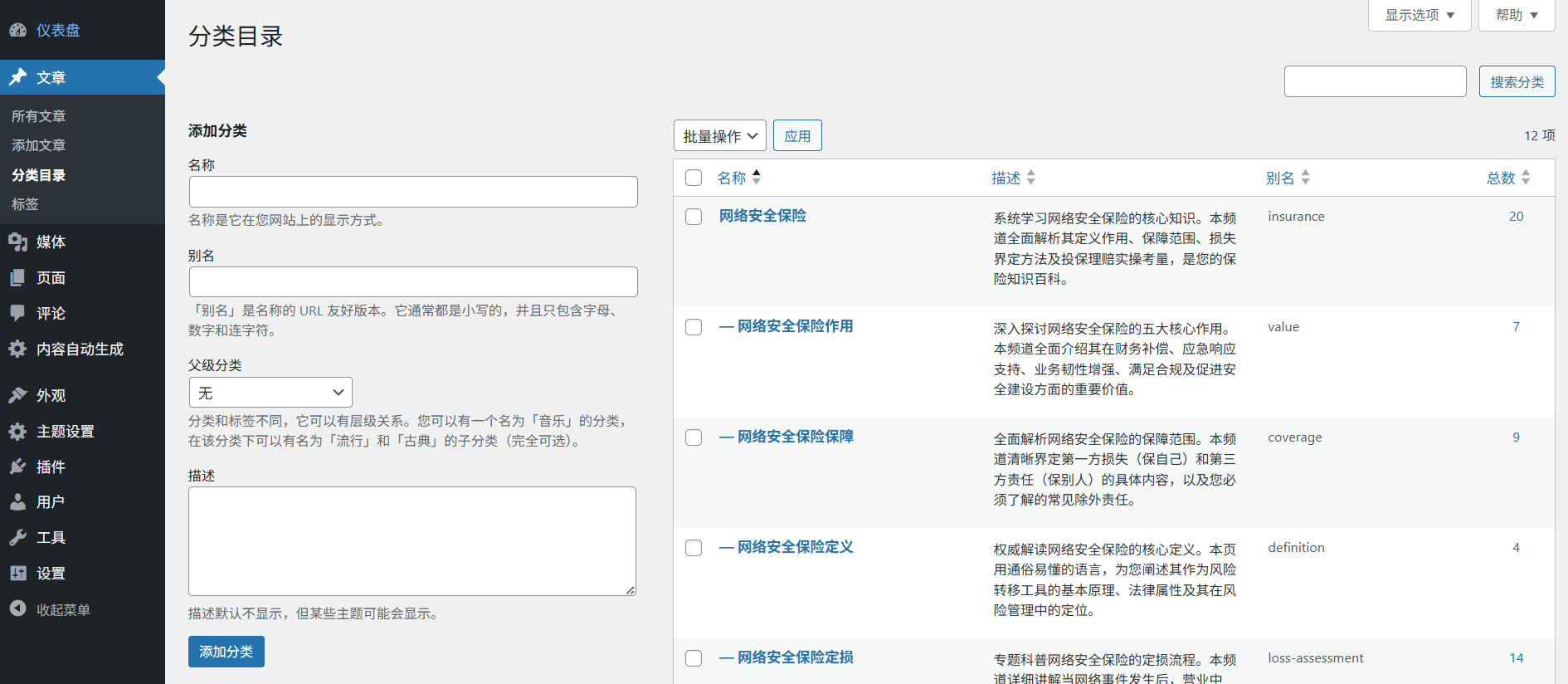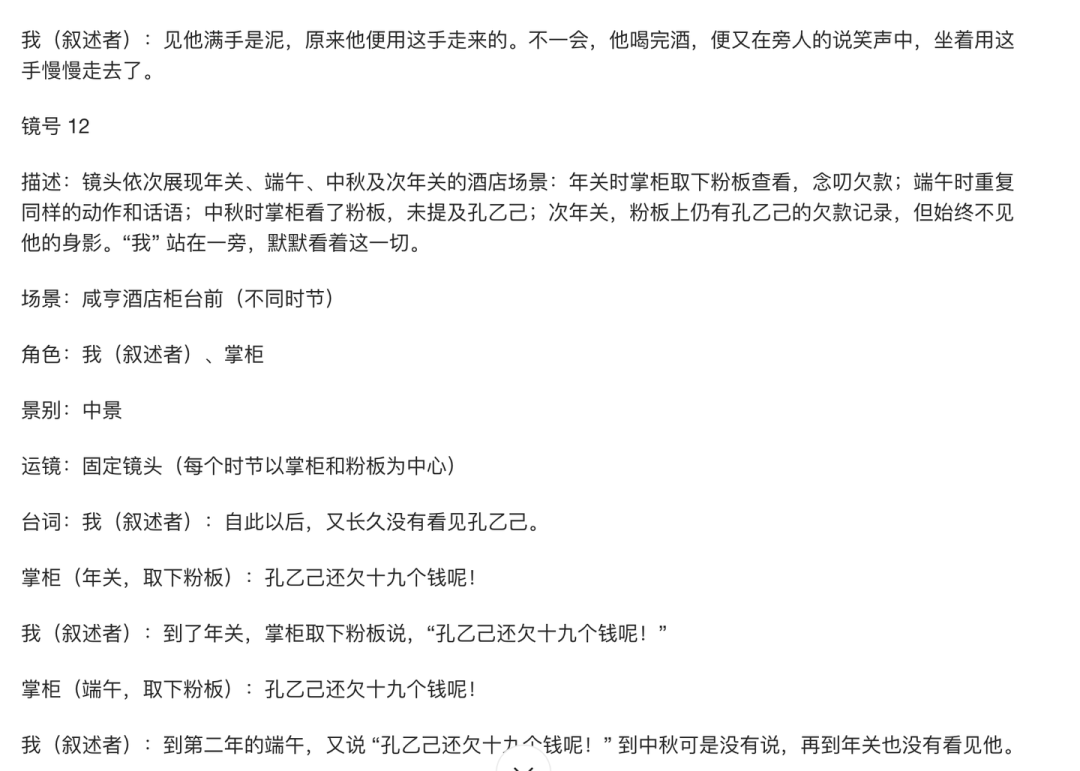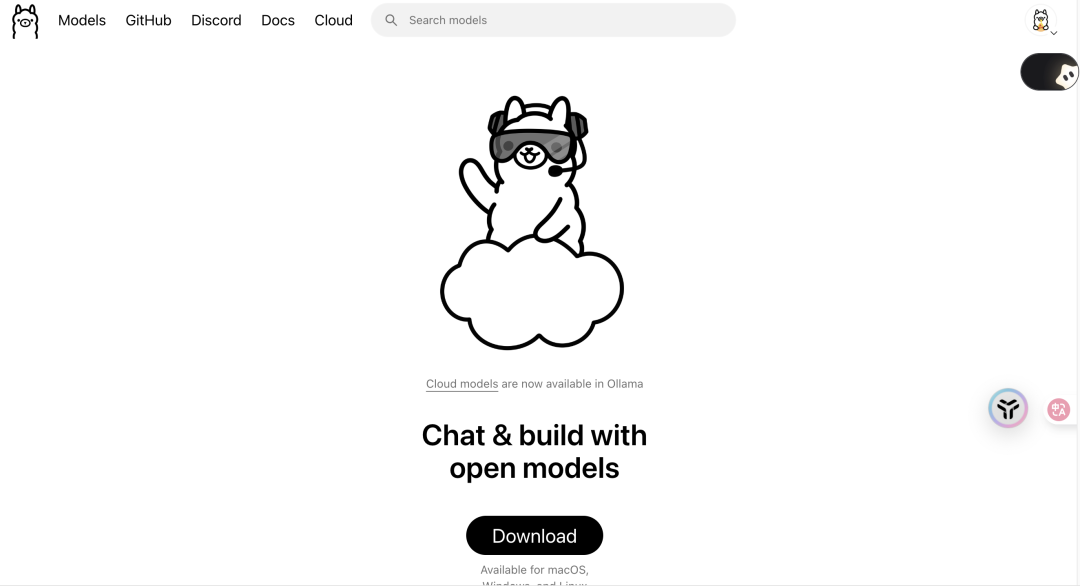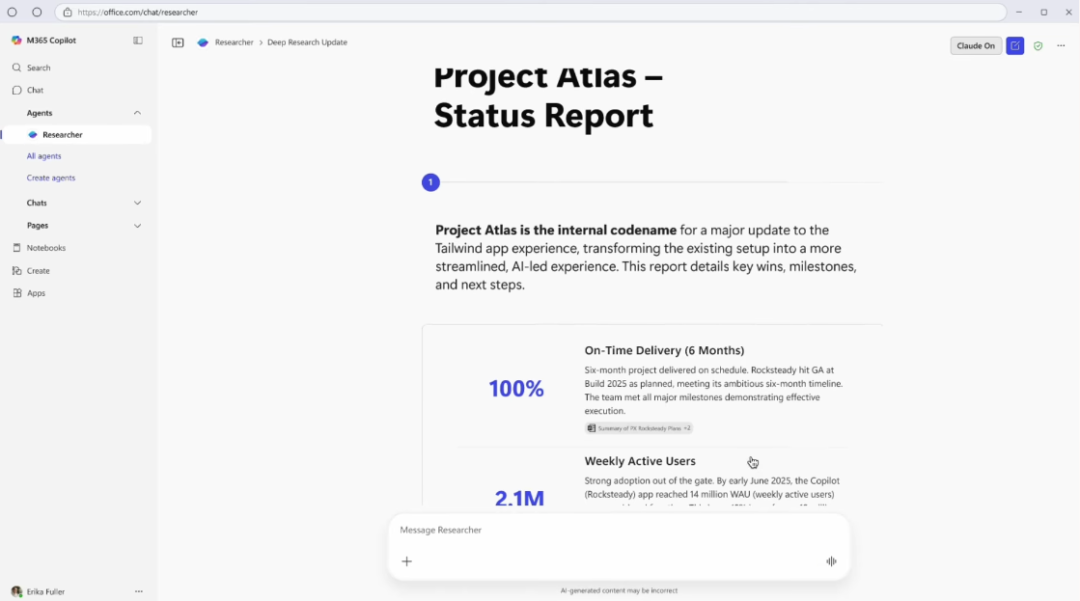AIVocal uses the improved Demucs architecture to achieve professional-grade source separation, and its three-layer residual U-Net structure accurately identifies and extracts four types of tracks: vocals, drum kit, bass, and other instruments. In the MUSDB18 benchmark test, its SDR value for vocal separation reaches 94.7%, with a signal-to-noise ratio improvement of 12.3dB, exceeding the separation effect of traditional NMF methods.
The technology gives music practitioners three breakthrough capabilities: separating any commercial song into split-track material for mixing and learning; extracting pure vocals for cover recording; and removing the original vocals to create professional backing tracks. AIVocal offers three unique advantages over traditional approaches that require $10,000 RX10 software:
- Cloud processing eliminates the need for high-performance local hardware
- Supports batch upload processing of entire albums
- 96kbps OPUS encoded output with original sound quality preserved
In practice, independent musicians use the platform to improve sampling efficiency by 4 times, and K-song applications integrate its API to reduce accompaniment generation costs by 90%. Separated tracks can be directly imported into the DAW software for further editing, forming a complete closed loop of music production.
This answer comes from the articleAIVocal: a free AI tool for generating podcasts and processing audioThe












